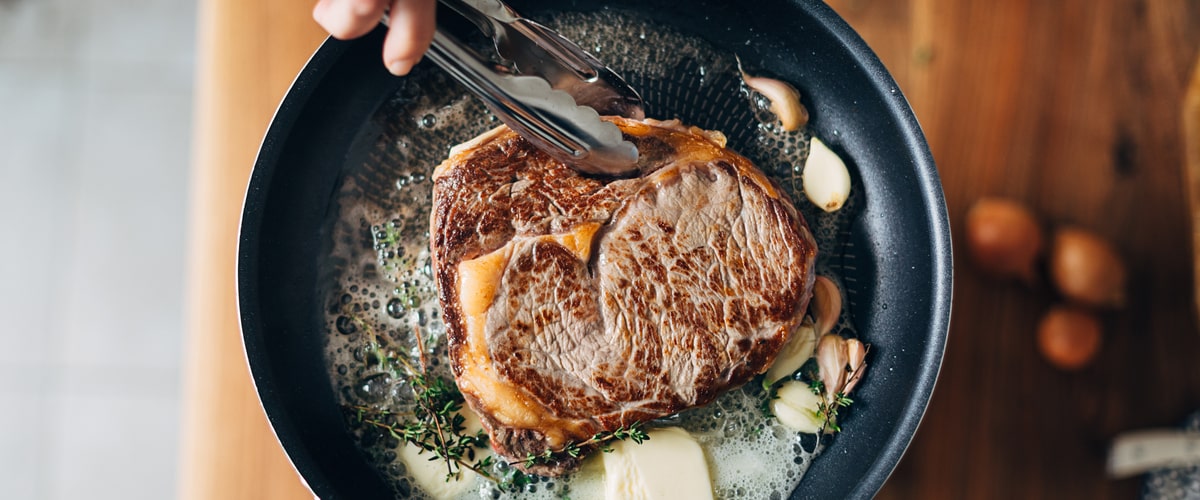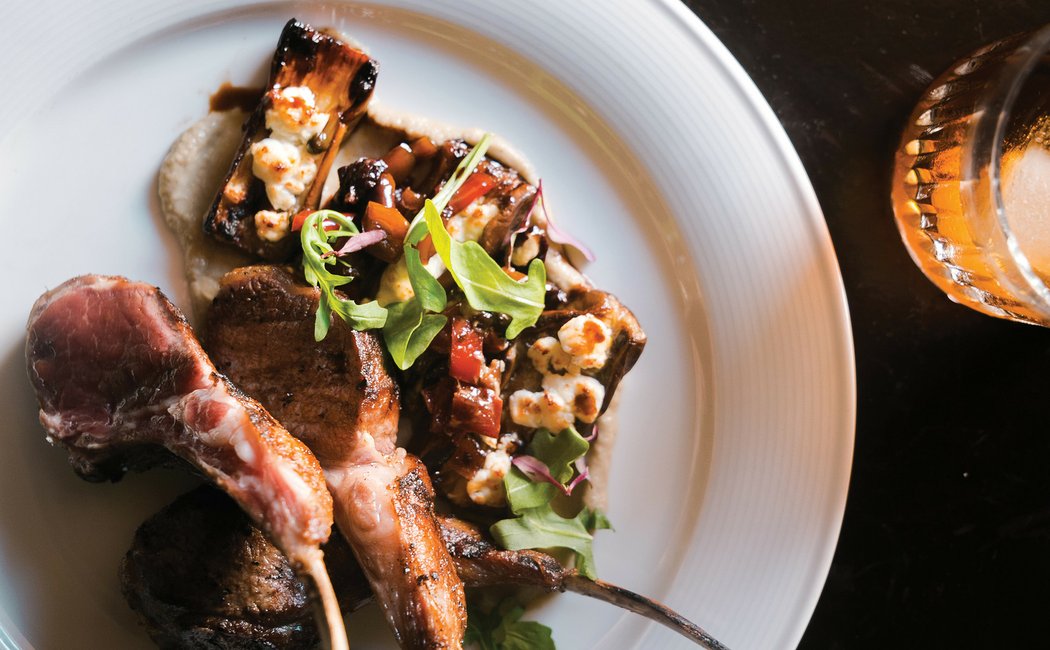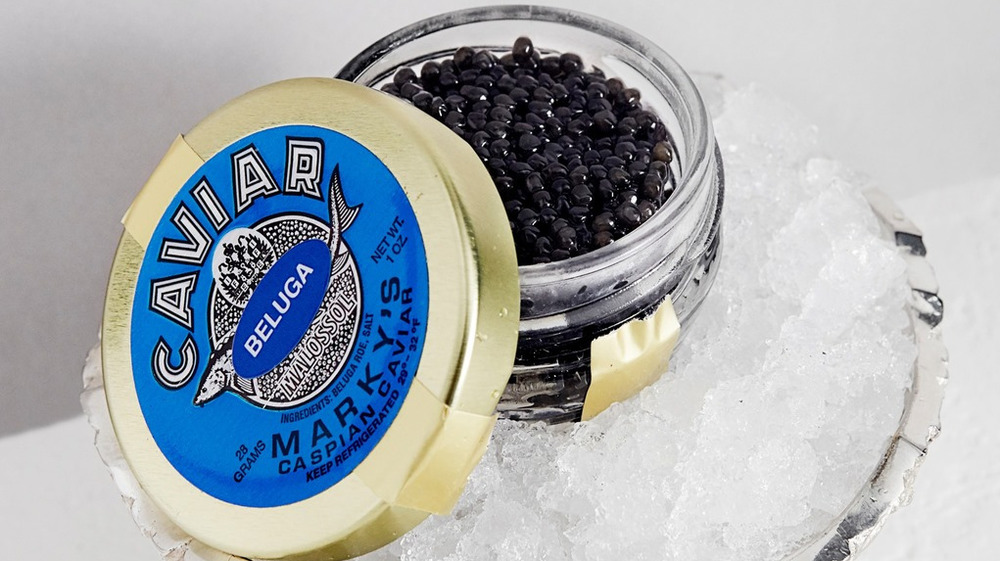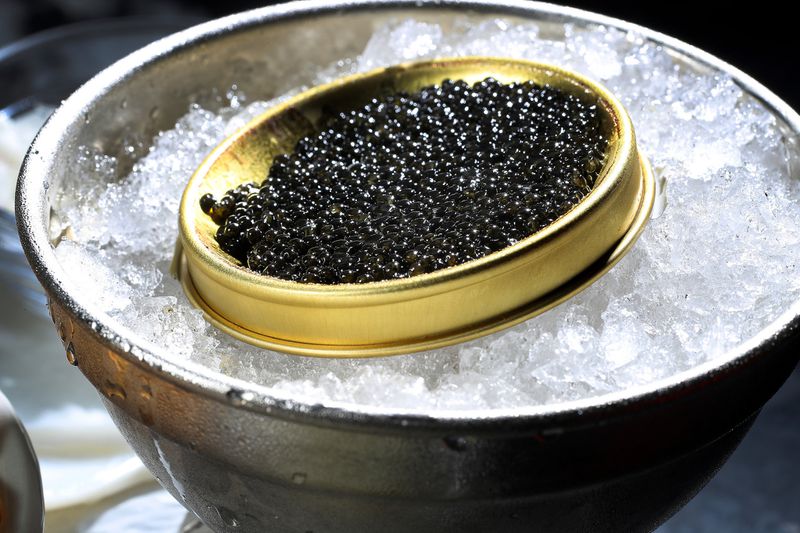The Secrets of Perfectly Crispy Fried Foods: Techniques and Recipes
If you adore the crunchy, golden-brown goodness of perfectly fried foods, you've come to the right place. Whether it's classic potato fries or delectable tempura veggies, achieving maximum crispiness can be daunting and intimidating if you don't have a good understanding of technique and quality ingredients. Fear not—we're here to share our secrets with you! In this blog post, we'll explore tips on how to fry objects to perfection every time as well as several yummy recipes for adventurous cooks looking to experiment in the kitchen. From imparting essential knowledge about oil temperature fluctuations to giving ideas for great food pairings, come join us in discovering all of the wonders that culinary frying has to offer.
Welcome to the World of Crispy Fried Foods – An Overview

Welcome to the world of crispy fried foods! This is a world where the crunch is king, and each bite is like a symphony of flavors and textures that explode in your mouth. From finger-licking chicken wings to crunchy onion rings, fried foods are beloved the world over. But there's more to it than just tossing some ingredients in oil and hoping for the best. In this world, technique is everything. Different temperatures, cooking times, and batters can make all the difference. But fear not, for with a little bit of knowledge and practice, you too can become a master of the fryer. So get ready to enter the exciting and delicious world of crispy fried foods. You won't be disappointed!
The Perfect Temperature for Frying - Finding the Sweet Spot
When it comes to cooking, there's no denying that frying can be one of the most challenging techniques to master. Not only do you need to ensure that your ingredients are properly coated and seasoned, but you also need to be mindful of the oil temperature. Too hot, and your food will burn; too cold, and it will be greasy and undercooked. That's why finding the perfect temperature for frying is crucial, and it all starts with understanding the science behind it. Luckily, with a bit of experimentation and a trusty thermometer, you can find that sweet spot where your dishes come out perfectly crispy and delicious every time. So don't be afraid to heat things up and dive in - with a bit of know-how, you'll be frying like a pro in no time.
The perfect temperature for frying foods is 375°F (190°C). This temperature provides the ideal combination of heat and oil saturation to achieve a crispy, golden-brown texture. However, some recipes may require higher or lower temperatures depending on the type of food being fried. Always use a thermometer when deep-frying to ensure you are cooking at the correct temperature. Additionally, check your ingredients often to ensure they are not cooking too quickly or slowly. Finally, adjust the heat if necessary to maintain a consistent 375°F (190°C). With some practice and patience, you will soon become an expert in frying up delicious and perfectly crisp dishes!
Secrets for Keeping Fried Foods Crispy - Tips and Tricks
There's nothing quite like biting into a perfectly crispy fried food - the crunch, the flavor, everything just comes together to make a heavenly experience for your taste buds. But how do you keep those fried foods crispy long after they've left the fryer? The secret lies in a few simple tips and tricks that will make all the difference. From using the right oil to prepping your ingredients correctly, there are many factors that influence how crispy your fried food stays. But don't worry, we've got you covered with all the insider knowledge you need to achieve that crispy, satisfying crunch every time. With these secrets up your sleeve, you'll be able to impress your friends and family with your mastery of fried foods - and make sure they stay crispy no matter what!
- Choose the Right Oil: Using an oil with a high smoke point is essential for achieving optimal crispiness. Oils such as canola, corn, and peanut are all good choices. Additionally, be sure to choose an oil that has been filtered multiple times and has no sediment at the bottom of the bottle.
- Start With Room Temperature Ingredients: This helps ensure that your food cooks evenly and stays crispy once it's done frying.
- Use the Right Batter: Using a light batter or tempura mix will help keep your fried foods extra crispy while still sealing in moisture and flavor.
- Monitor Oil Temperature: Maintaining a consistent temperature when deep-frying is key to achieving a perfect crunch.
- Drain and Cool Properly: After frying, be sure to place your food on a wire rack or paper towel-lined baking sheet. This will help remove excess oil and keep them crisp for longer. Additionally, if you’re planning to serve the fried foods later, make sure to cool them in the refrigerator first before reheating.
- Store Properly: Storing fried foods correctly is essential for keeping them crispy over time. Place leftovers in an airtight container and store them in the refrigerator or freezer depending on how soon they need to be eaten. Reheat leftover fried foods individually at 350°F (175°C) for best results!
With these secrets for keeping fried foods crispy, you'll be able to impress your friends and family with delicious crunchy treats each and every time. Good luck!
Equipment Needed for Smooth Frying - Deep Fryers and Pans
When it comes to frying food, there's nothing quite like the taste and texture of something that's been cooked to a perfect crisp. But achieving that level of perfection requires more than just throwing your food into a hot oil bath. To truly get the most out of your fried dishes, you need the right equipment. That's where deep fryers and pans come in. These tools are essential for ensuring that your food cooks evenly, maintains its crispy exterior, and doesn't come out too greasy or soggy. With the right equipment at your disposal, you can fry up a host of delicious dishes like a pro and impress your family and friends with your culinary skills. So whether you're a seasoned pro or just getting started in the world of frying, investing in a quality deep fryer or frying pan is one of the smartest things you can do for your kitchen.
Types of Breading to Use – What Works Best
For the ultimate crispy texture, choosing the right breading can make all the difference. While some may prefer a traditional breadcrumb coating, others may opt for a panko crunch. And let's not forget about the potential flavor boost from using seasoned flour or a cornmeal mixture. Each type of breading has its own unique benefits and can work best depending on the dish and cooking method. As someone who takes their breading seriously, I can confidently say that the key is experimentation to find what works best for your taste and desired outcome. Trust me, your taste buds will thank you.
Classic Recipes with a Twist – Get Creative with Your Favorite Dishes
As foodies and home cooks, we all have our tried and true recipes that have been passed down through the generations or discovered through experimentation. But sometimes, it's fun to mix things up and add a creative twist to your favorite dishes. By incorporating unexpected ingredients, infusing new flavors, or experimenting with different cooking techniques, you can transform classic recipes into something truly unique and exciting. Whether it's adding a touch of spice to your mac and cheese or swapping out traditional pasta for zucchini noodles in your lasagna, the possibilities are endless. So next time you're in the kitchen, don't be afraid to get creative and put your own spin on those beloved classics. You may just discover a new favorite dish!
Fried foods are a great way to add some excitement and flavor to any meal! With the right equipment, ingredients, and techniques, you’ll be an expert fryer in no time. Not only can you have fun experimenting with different types of batter and breading, but you can also get creative with classic recipes by giving them a unique twist – for example, coating your onion rings in almond flour rather than regular or using garlic salt instead of standard seasoning. Don’t forget that it’s important to keep an eye on the temperature so that your food comes out crispy and delicious. We hope this article was able to provide some helpful tips and guidance on how to create mouthwatering fried dishes. Until next time – happy frying!






